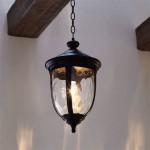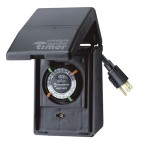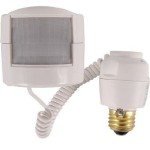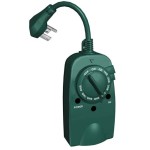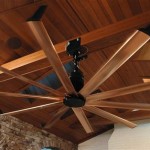Outdoor House Lighting Design: Essential Aspects
Illuminating your outdoor space with the right lighting design can enhance its aesthetics, functionality, and safety. Here are some crucial aspects to consider when planning your outdoor house lighting:
Purpose of Lighting
Determine the primary purpose of the lighting:
- Ambiance: Create a warm and inviting atmosphere for socializing and relaxation.
- Security: Deter intruders and provide visibility for surveillance.
- Functionality: Illuminate walkways, stairs, and other areas for safety and convenience.
- Accentuation: Highlight architectural features, landscaping, or other visual elements.
Light Source and Luminaire Selection
Choose the right light source and luminaire (light fixture) to achieve the desired effect:
- Incandescent: Warm, inviting light, but less energy-efficient.
- Fluorescent: Energy-efficient but can produce a harsh light.
- LED: Long-lasting, energy-efficient, and comes in various color temperatures.
- Luminaire: Select fixtures that complement the architectural style and outdoor elements.
Lighting Layers and Zones
Create depth and interest by using multiple lighting layers:
- Ambient Lighting: General illumination to provide overall brightness.
- Task Lighting: Focused light for specific areas, such as pathways or steps.
- Accent Lighting: Highlights architectural features or focal points.
- Divide your outdoor space into different lighting zones, with each zone having a specific purpose.
Control and Automation
Control the lighting system for convenience and energy efficiency:
- Timers: Automatically turn lights on and off at specific times.
- Dimmers: Adjust light intensity for different moods and occasions.
- Motion sensors: Detect movement and activate lights for security or convenience.
- Smart lighting systems: Control lighting from a smartphone or voice assistant.
Placement and Direction
Proper placement and direction of lighting can enhance safety and aesthetics:
- Walkways and stairs: Illuminate paths clearly for safety.
- Entrances: Highlight the main entrance for welcoming visitors.
- Architectural features: Uplight walls, columns, or trees to add depth and drama.
- Trees and plants: Use uplighting or downlighting to create dramatic effects.
- Direct light downward to avoid light pollution and glare.
Maintenance
Regular maintenance is essential to ensure optimal performance and longevity:
- Clean fixtures regularly: Remove dirt and debris to maintain brightness.
- Replace bulbs promptly: Burnt-out bulbs can compromise safety.
- Inspect wiring and connections: Ensure electrical integrity and prevent accidents.
- Adjust lighting as needed: Adapt to seasonal changes or changing landscape.
Conclusion
By considering these essential aspects of outdoor house lighting design, you can create a customized lighting scheme that enhances your outdoor space's aesthetics, functionality, and safety. Remember to consult with a lighting professional for expert advice and to ensure optimal results.

Deciding On Lighting For Your Outdoor Space Vonn

Stylish Outdoor Lighting Ideas For Home Design Cafe

Outdoor Wall Lighting Ideas For Your Beautiful Home In 2024

Bring Life To Architecture With Exterior Lighting Outdoor Installers

5 Beautiful Garden Lighting Ideas Landscape Design Backyard Outdoor Lighti Exterior House Lights

Garden Lighting Design Trend Yard

Outdoor Lighting Ideas Homelane Blog

How To Choose A Landscape Lighting Design That Fits Your Home

Modern Outdoor Lighting Photo Pic Exterior Home House Lights

An Architect S Guide To Outdoor Lighting Architizer Journal
Related Posts
